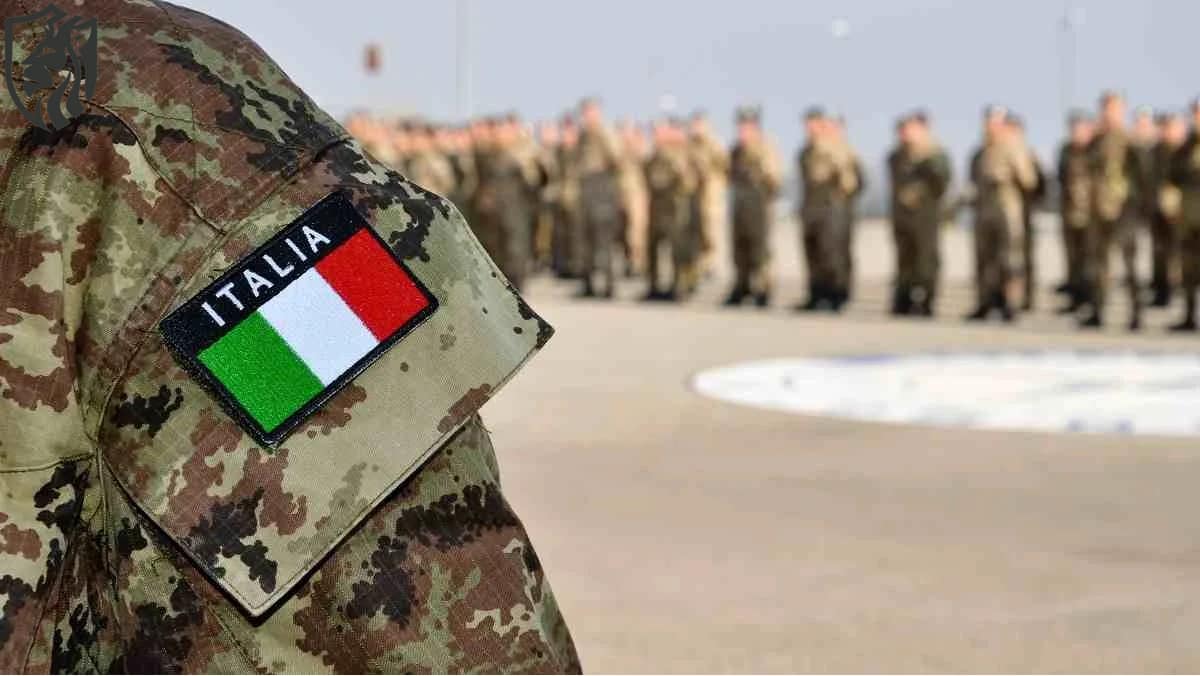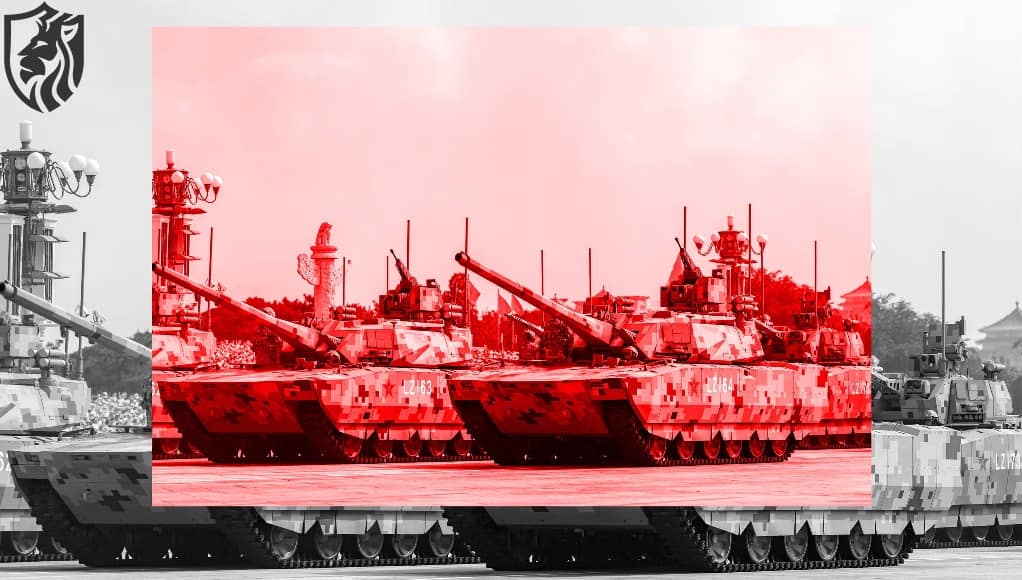
Italy's €31 billion Defence Budget 2025
Why the Italy’s defence budget 2025 matters
Italy’s defence budget for 2025 climbs to €31.3 billion, up 7.2% year over year. However, the ministry also counts pensions and parts of the Carabinieri, which lifts the ledger to €45.3 billion. Consequently, Rome reaches the NATO 2% benchmark this year, signalling long-term ambition.
NATO context and the 2035 horizon
Italy’s defence budget for 2025 falls under a shifting NATO framework. Allies reaffirm the 2% floor, yet they now discuss higher targets for 2035. Specifically, leaders have endorsed a 3.5% target for core defence by 2035, whereas some proposals refer to 5% for broader defence and resilience. Therefore, Italy’s recategorisation strategy buys time, but genuine capability still depends on sustained outlays, not accounting.
External background: see NATO’s Hague Summit Declaration and recent reporting on emerging 3.5–5% targets.

Procurement signals: air, land, and joint programmes
Italy’s defence budget for 2025 underwrites its operational credibility. The plan earmarks €735 million for the F-35 fleet, which grows from 90 to 115 aircraft, and €625 million for the UK-Japan-Italy GCAP next-gen fighter.
Moreover, land forces receive €100 million to upgrade Ariete tanks, €50 million for Panther development with Rheinmetall, and €130 million for Lynx IFVs. These sums appear modest per line item, yet they anchor multi-year contracts and industrial momentum.
Maritime patrol gap and the P-1 option
Italy’s defence budget for 2025 also signalled anti-submarine warfare. Officials confirm interest in six new maritime patrol aircraft, with the Kawasaki P-1 widely tipped. An initial €30 million in 2027 starts the effort. Consequently, Italy would regain long-range ASW reach in the central Mediterranean, where Russian submarine activity and undersea infrastructure risks persist.

Fifteen-year procurement runway
Italy’s defence budget for 2025 includes €35 billion in defence ministerial procurement over 15 years. This cycle does not itemise the annual total, but the direction remains clear. Italy prioritises sovereign design roles in GCAP, deep industrial ties with Germany on AFV recapitalisation, and a maritime patrol reset. However, programme phasing will determine the delivery speed, spare depth, and readiness outcomes.
Numbers versus capability: what to watch next
Italy’s defence budget for 2025 reaches 2% on paper; its capability will hinge on hard cash flowing for kits, munitions, and sustainment. Therefore, watch ammunition production, F-35 ramp rates, GCAP workshares, and AFV line throughput. Additionally, track whether Rome edges from recategorised spend toward real growth as NATO’s 2035 goals tighten.









